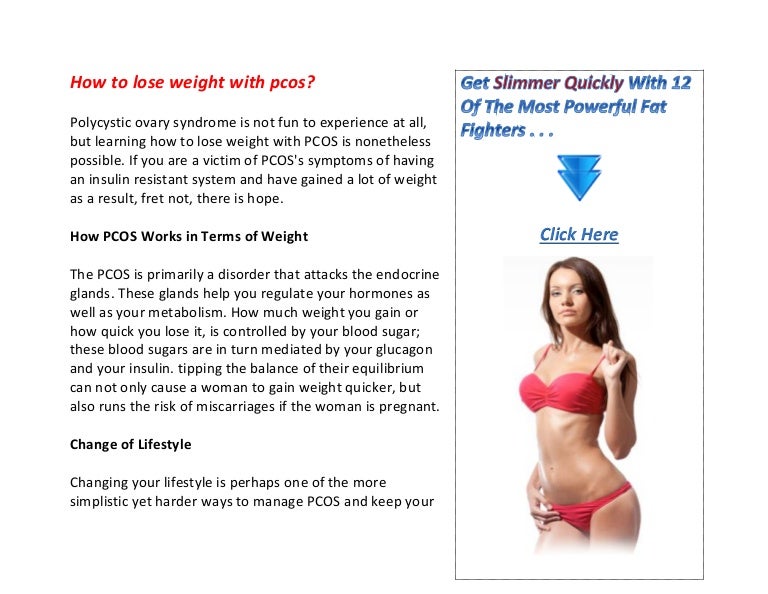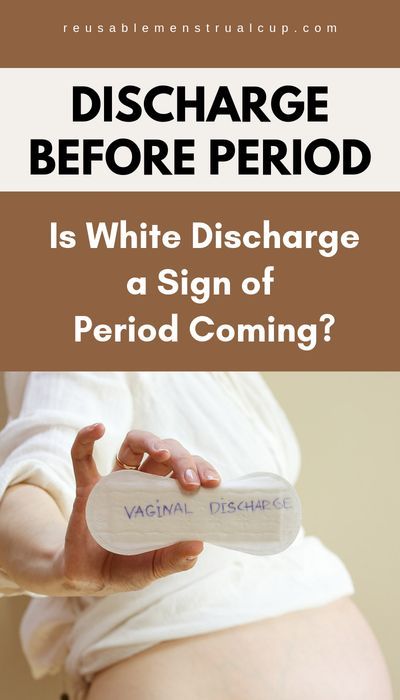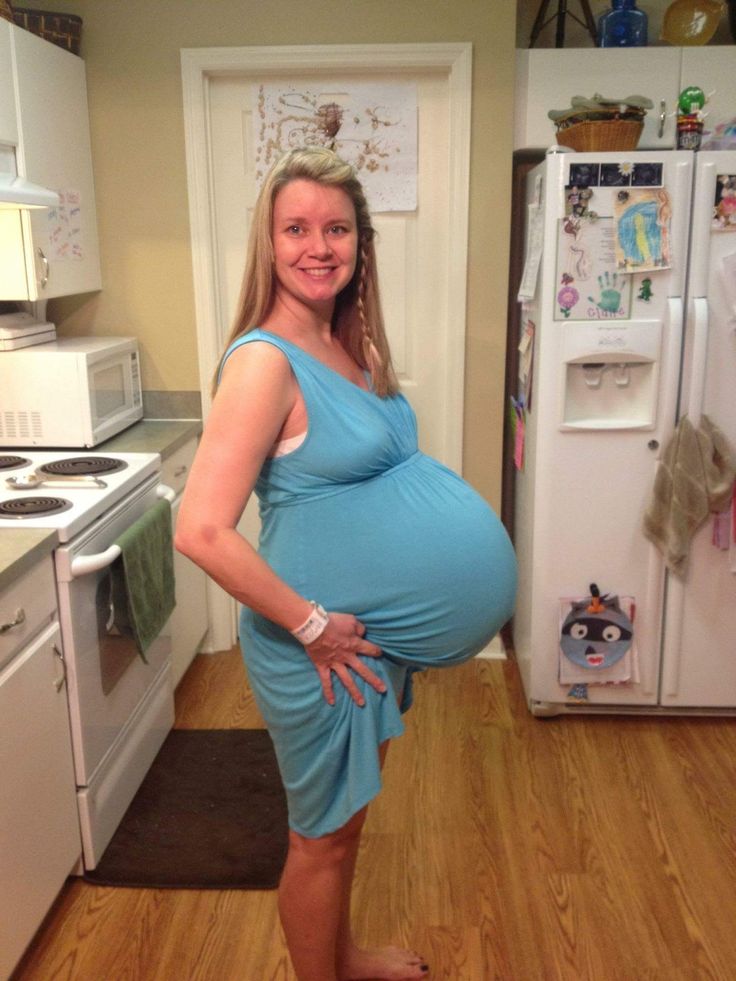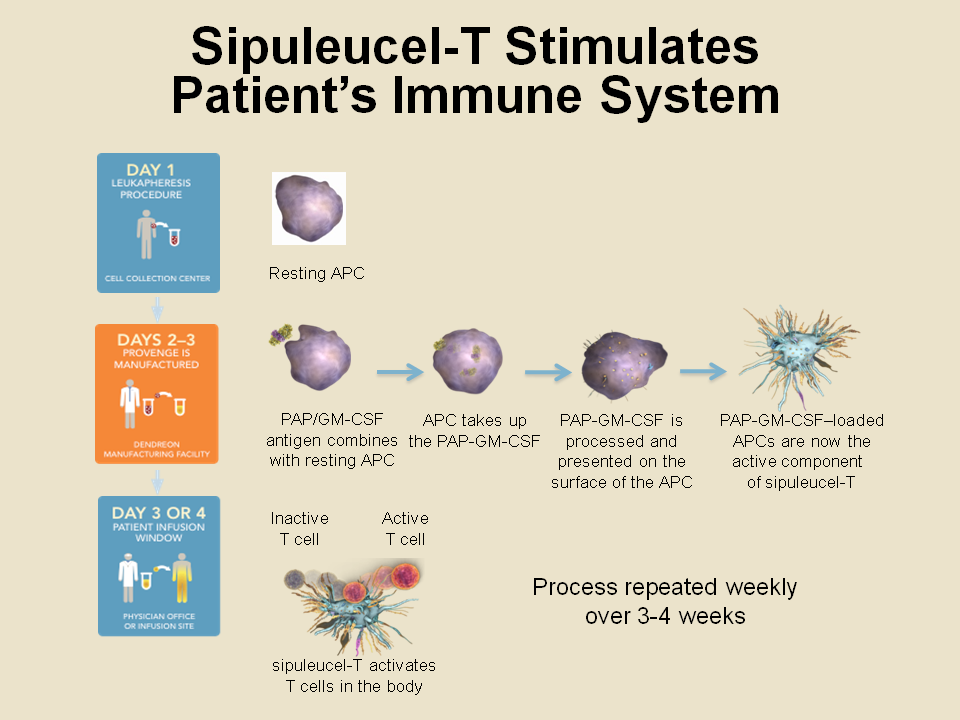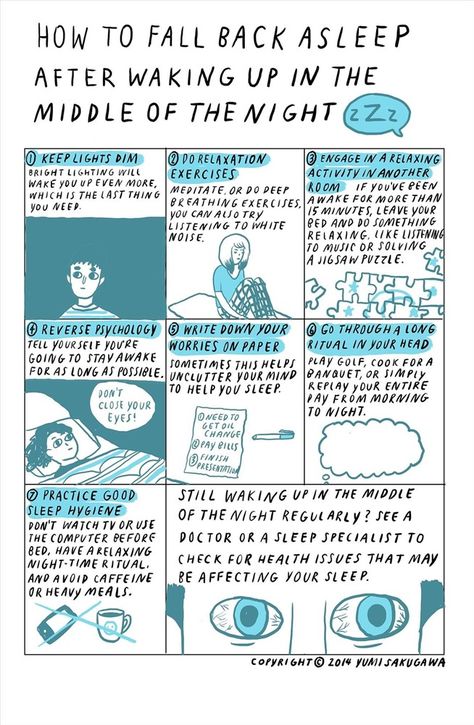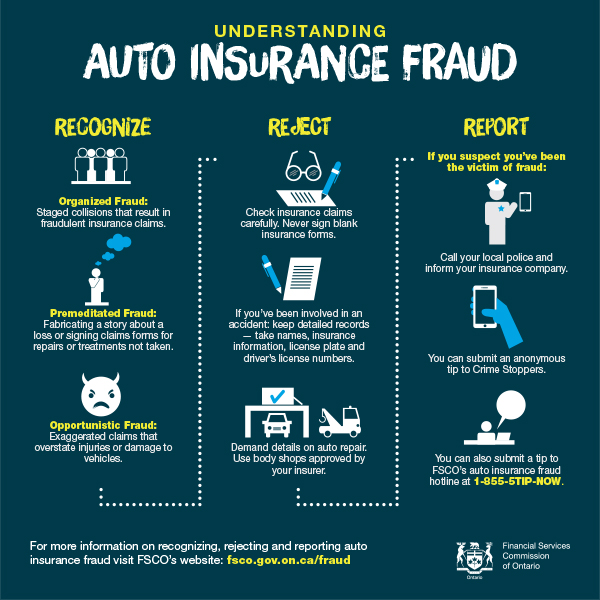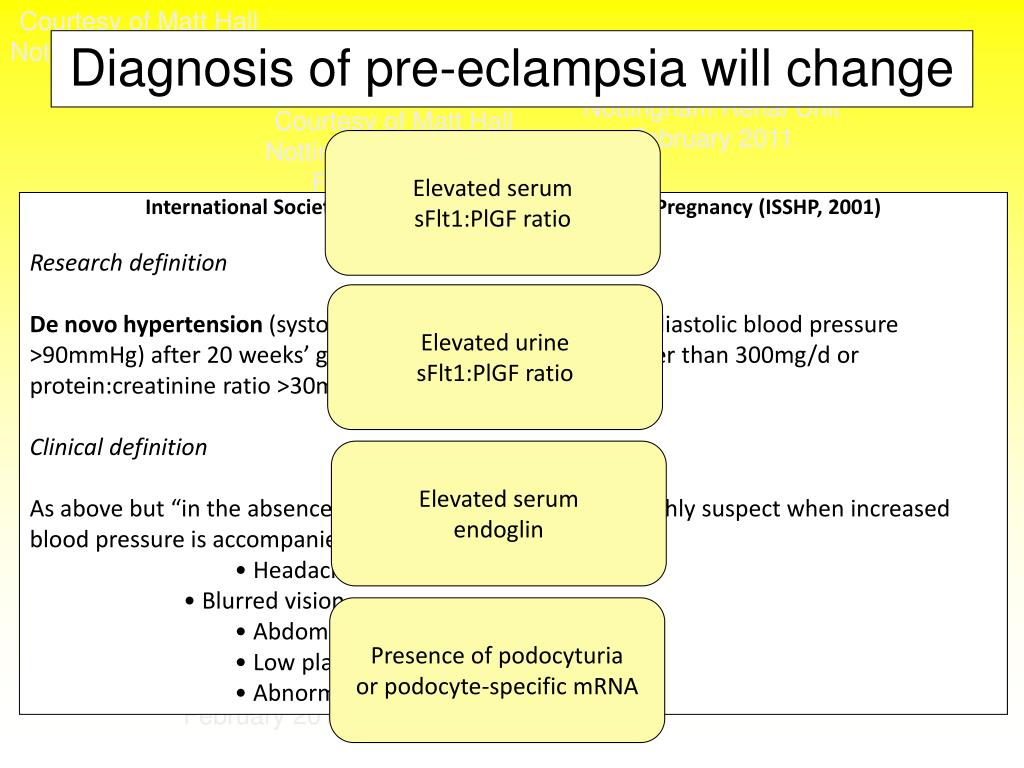After pregnancy body shape
6 ways your body can change after childbirth
Many pregnant women or new mums wonder after having a baby if and when their body will return to how it was before pregnancy and childbirth.
And the answer is, it’s different for every woman. How you recover will often depend on your birth experience and your pregnancy.
Often there is a lot of emphasis on the first 24 hours after pregnancy, or even the first few weeks, but did you know that you are officially postpartum for two years? Postpartum is the period after you have had a baby.
Growing a baby is hard work for your body—it goes through enormous changes. While many of these changes or symptoms will disappear after you have had your baby, there are some parts of your body that may take longer to heal, or may stay changed.
Your pelvic floor
Whether you’ve had a vaginal or a caesarean birth it’s important to look after your pelvic floor muscles. The pelvic floor muscles support your pelvic organs, including your uterus, bladder, and bowel.
During pregnancy, additional strain from the weight of the baby is put on these muscles, and during a vaginal birth they can sometimes be damaged or stretched. This means you might find yourself leaking when you sneeze, cough, or laugh.
Your pelvic floor muscles can be strengthened and you should focus on strengthening these muscles after pregnancy. A physiotherapist will be able to give you the right exercises post pregnancy. These exercises will help you to develop the muscles so you should be able to get back to your normal exercise routine without any bladder leakages.
Your breasts
Chances are your breasts grew during pregnancy, and if you’re breastfeeding, your breasts will shrink and grow with each feed. Your breasts don’t contain any muscle, however they are attached via ligaments to the muscles of your chest wall. These ligaments stretch during pregnancy and don’t tighten again. This means that your breasts will droop, and they may never be the same shape they were before you were pregnant.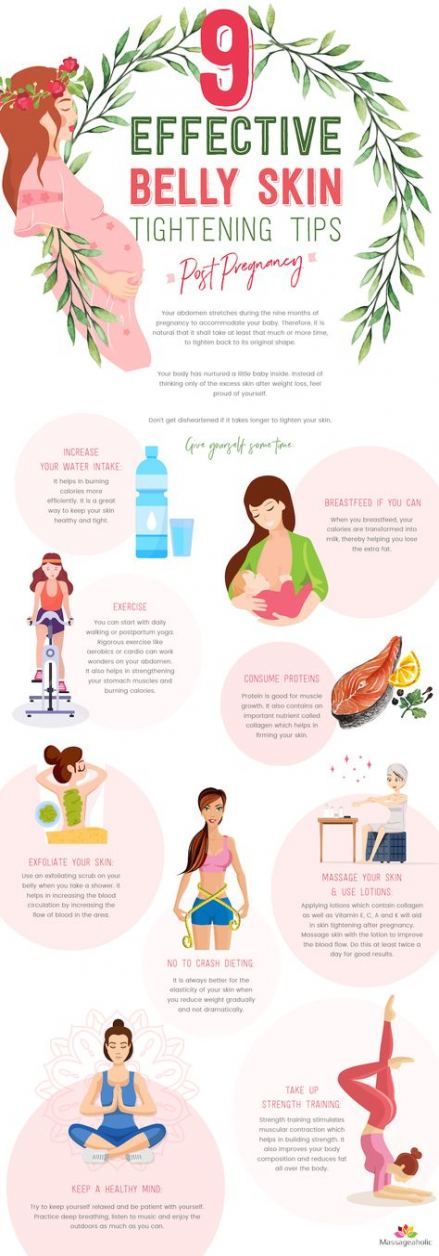
Once you stop breastfeeding, the milk-producing tissue will be replaced by fatty tissue. This can take 6 months or so, but before this happens, they can feel quite empty.
It’s best that you support your breast with a comfortable, well-fitted bra.
Your skin
If you developed stretch marks during pregnancy, these will begin to fade. Over time they will become smaller and will turn white or silver. Once stretch marks have appeared there is no reliable evidence to show that oils or creams will remove them.
Some women may have developed dark patches on the face during pregnancy, known as chloasma. These will usually fade over several months after giving birth, though for some women they can last several years.
If you developed skin tags during your pregnancy, they will most likely disappear or drop off in the months following birth. If not, your GP or dermatologist can easily remove them by scalpel, or by freezing or burning them off.
Your bodyYour body may have become wider during pregnancy.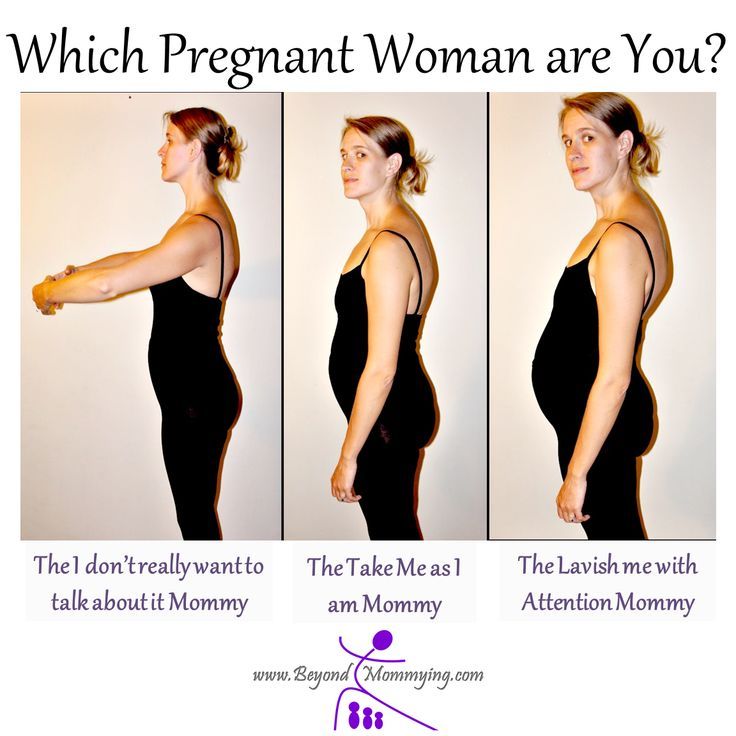 This is because it was making room for your growing baby. Your ribs may have expanded, and your hips will often widen to make it easier for the baby to exit the birth canal. For some women wider ribs and hips will be permanent.
This is because it was making room for your growing baby. Your ribs may have expanded, and your hips will often widen to make it easier for the baby to exit the birth canal. For some women wider ribs and hips will be permanent.
As your baby grows during pregnancy you will gain weight. This helps to support your baby before and after birth. Once you have delivered your baby, it’s safest for you to take it slow when trying to lose weight. Weight loss normally happens gradually after birth. If it’s your goal to return to your pre-pregnancy weight, remember it can take several months, or longer. Healthy eating and gentle exercise can help lose the weight, but it’s important to remember you won’t change overnight.
Your hair
During pregnancy your hair can sometimes become thicker. This is due to the increase in the hormone oestrogen. After birth, your oestrogen levels will return to normal and your hair growth will also begin to normalise. Sometimes this can mean your hair will fall out in the months following birth.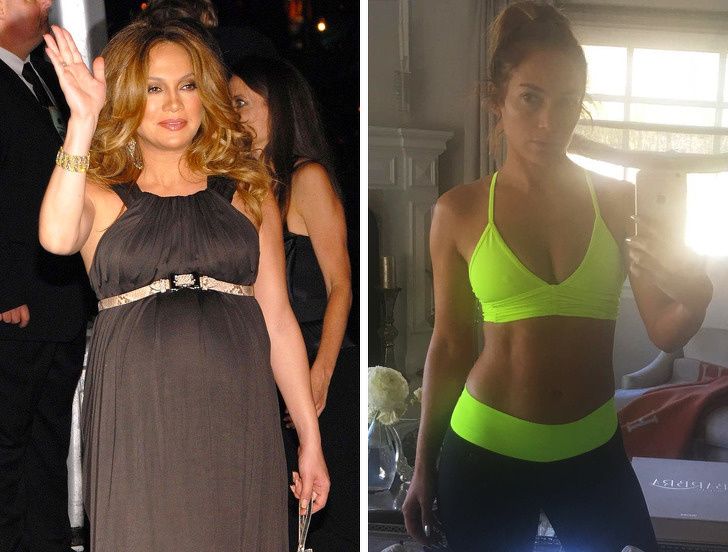 Don’t worry—this is normal and only temporary. You may notice that after your hair has fallen out it will start to regrow, resulting in postpartum bangs or flyaways.
Don’t worry—this is normal and only temporary. You may notice that after your hair has fallen out it will start to regrow, resulting in postpartum bangs or flyaways.
Your shoe size
There are two main reasons your shoe size can increase during pregnancy, weight gain, and your hormones. Extra weight can flatten out your foot arch and your shoe size might increase. You may have heard of the hormone relaxin. This hormone helps to relax your ligaments and bones in your pelvis, so that you are prepared for childbirth. It also relaxes all your joints and ligaments, including in your feet. This may cause your feet to flatten and spread out and increase your shoe size.
These changes to your feet are permanent so it’s important that you find shoes that fit correctly after pregnancy.
For more information
- Pregnancy Birth & Baby
- Raising Children
- 6 weird things that may happen to your body during pregnancy
- How much weight will I gain in pregnancy?
What Really Helps You Bounce Back After Pregnancy
Motherhood changes you inside and out.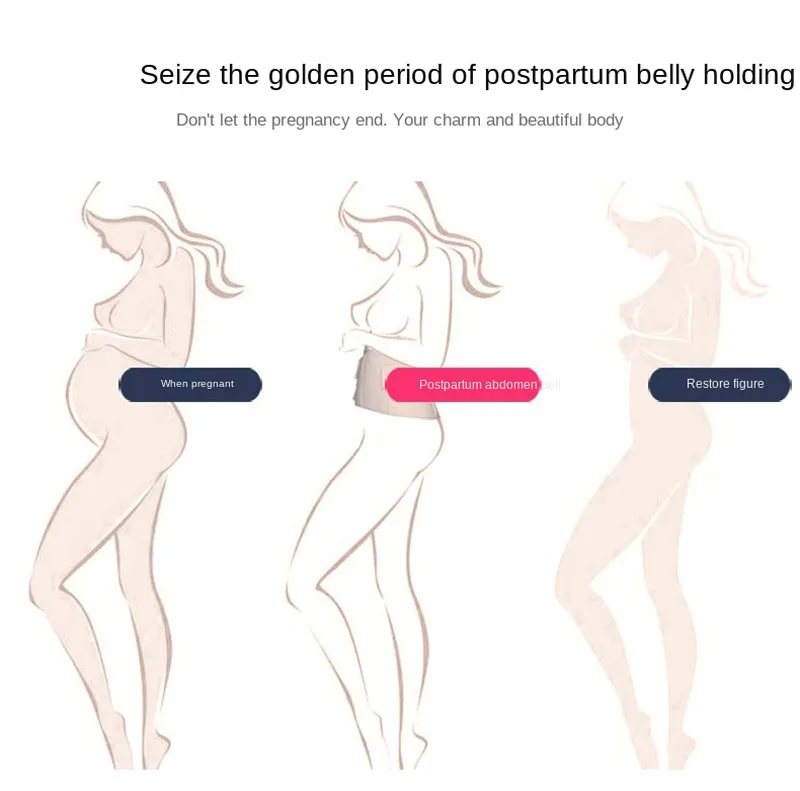 After having a baby, your clothing size, breast shape, hip width and even your shoe size might be different. These changes are evidence of the work your body has done. As you adjust to your new life with baby, it’s important to remember that your mind and emotions are also changing, so be sure to give yourself the support you need.
After having a baby, your clothing size, breast shape, hip width and even your shoe size might be different. These changes are evidence of the work your body has done. As you adjust to your new life with baby, it’s important to remember that your mind and emotions are also changing, so be sure to give yourself the support you need.
Ask for and Accept Help
Realizing you’re responsible for another human being can be scary. “New moms struggle with anxiety over a number of things, from fear of something happening to the baby to not making enough breastmilk,” says Shari Lawson, M.D., medical director of general obstetrics and gynecology at Johns Hopkins Bayview Medical Center. “Disrupted sleep and being overtired can amplify these feelings. The best thing you can do is accept help from your partner, family and friends — even if they’re not doing things exactly the same way you do — and then rest and recharge while someone else is caring for your baby.”
Reasonable Expectations About Losing Baby Weight
Beyoncé, Kim Kardashian and Serena Williams all showed off their slim postpartum bodies just months after giving birth.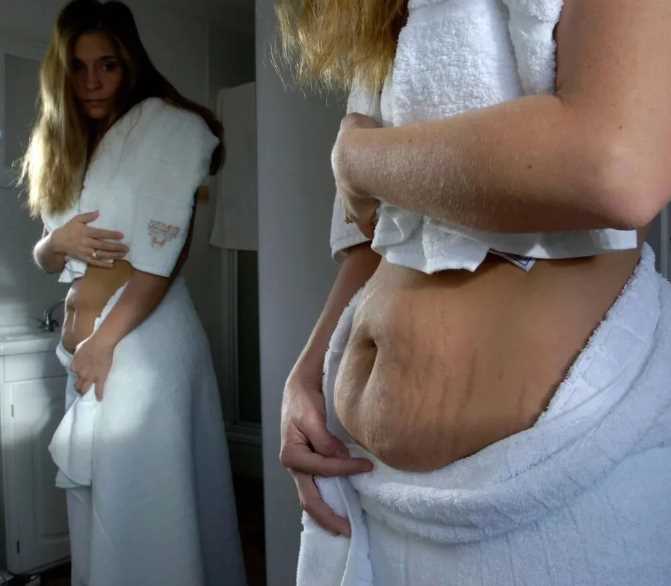 If they can get their pre-baby figures back in a snap, why can’t you? While it’s normal to be frustrated with your postpartum body (especially compared to what you see in magazines), it’s also important to put it in perspective. “It’s unrealistic to compare yourself to celebrities who have personal trainers and personal chefs,” says Lawson. “Your body changes over time; it takes a while to get close to your prepregnancy shape and size.” What’s reasonable? Expect to naturally lose some weight before your first postpartum doctor’s visit (usually around six to eight weeks after giving birth). After that, if you stayed within your doctor’s recommendation for pregnancy weight gain, it’s still normal to have 10 to 15 more pounds to lose in the months ahead.
If they can get their pre-baby figures back in a snap, why can’t you? While it’s normal to be frustrated with your postpartum body (especially compared to what you see in magazines), it’s also important to put it in perspective. “It’s unrealistic to compare yourself to celebrities who have personal trainers and personal chefs,” says Lawson. “Your body changes over time; it takes a while to get close to your prepregnancy shape and size.” What’s reasonable? Expect to naturally lose some weight before your first postpartum doctor’s visit (usually around six to eight weeks after giving birth). After that, if you stayed within your doctor’s recommendation for pregnancy weight gain, it’s still normal to have 10 to 15 more pounds to lose in the months ahead.
Breastfeeding to Burn Calories
Breastfeeding your baby has so many benefits: It protects infants from illness, offers them perfectly balanced nutrition and lowers your risk of breast cancer and ovarian cancer. But you require energy (read: calories) to make breast milk.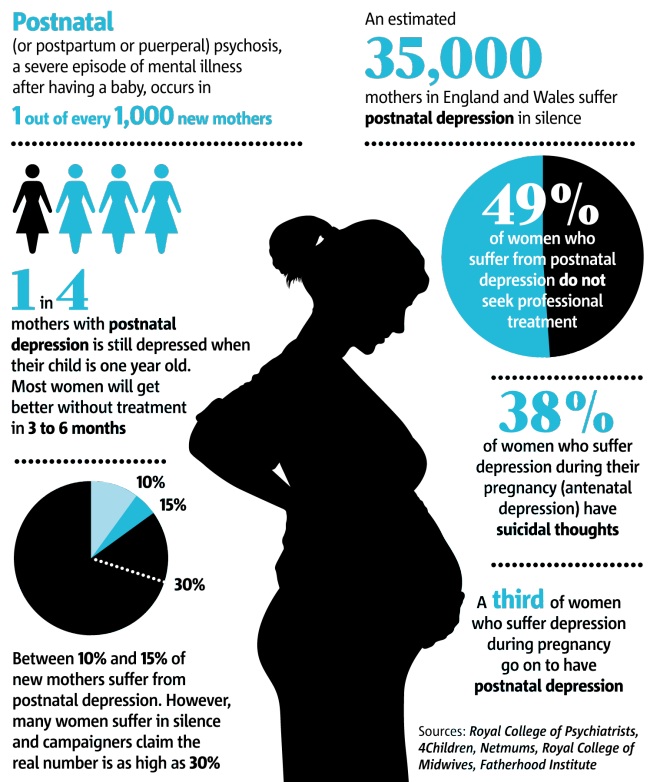 Nursing moms should eat an additional snack, such as a piece of fruit or a cup of yogurt, to get an extra 300 calories a day. Even with this additional food, breastfeeding will help you lose the baby weight as long as you’re eating a healthy diet and not overdoing it.
Nursing moms should eat an additional snack, such as a piece of fruit or a cup of yogurt, to get an extra 300 calories a day. Even with this additional food, breastfeeding will help you lose the baby weight as long as you’re eating a healthy diet and not overdoing it.
A Postpregnancy Workout with Core Strengthening Exercises
In addition to moderate cardio, a postpartum workout should focus on building up the muscles of your torso (which took a beating when you were pregnant). Every new mom can benefit from core strengthening. “The rectus abdominal muscles are stretched during pregnancy in a way that makes it impossible to exercise them during that time,” says Lawson. Some women also experience a separation of the abdominal wall muscles, which is called rectus abdominis diastasis. Exercises that target this condition can bring the muscles back together again.
Prenatal Vitamins, Because Your Body Still Needs the Nutrients
Don’t shelve your prenatal vitamins just yet.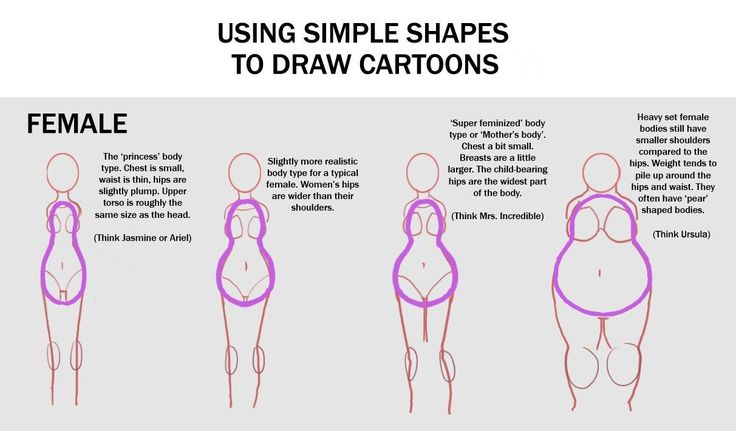 Keep taking them, especially if you’re breastfeeding. You need to restore the nutrients you may have lost during pregnancy, and support your body while it’s producing breast milk, says Lawson. Your doctor may also recommend you take an iron supplement and vitamin C (to help with the absorption of iron).
Keep taking them, especially if you’re breastfeeding. You need to restore the nutrients you may have lost during pregnancy, and support your body while it’s producing breast milk, says Lawson. Your doctor may also recommend you take an iron supplement and vitamin C (to help with the absorption of iron).
Kegels to Strengthen Weakened Pelvic Floor Muscles
The changes in your body that you can see might be causing you some stress, but hidden changes can be anxiety-producing as well. After delivery, it’s relatively common to have some bladder leakage caused by prolonged pushing or a forceps- or vacuum-assisted childbirth. This is usually temporary. “Typically, you’ll see improvement over several weeks to months as you heal,” Lawson says. Performing Kegel exercises can help strengthen your pelvic floor muscles so you can regain bladder control more quickly. If leakage is really bothering you, ask your gynecologist if seeing a pelvic health therapist would be of benefit.
Retinol to Minimize Stretch Marks
Slathering on creams and oils to prevent stretch marks during pregnancy is always your best bet. But you still may develop deep purplish or pink lines. If you’re worried about permanent scarring, there’s good news: Retinoid creams derived from vitamin A can minimize the appearance of new stretch marks — any that are less than a few months old. This is something you need to move on quickly, though. Once the marks have faded to white, it’s too late for the retinoid cream to work.
But you still may develop deep purplish or pink lines. If you’re worried about permanent scarring, there’s good news: Retinoid creams derived from vitamin A can minimize the appearance of new stretch marks — any that are less than a few months old. This is something you need to move on quickly, though. Once the marks have faded to white, it’s too late for the retinoid cream to work.
Resuming Your Sex Life
The elastic walls of the vagina stretch quite a bit during childbirth, but they do spring back into place. So you can resume sexual intercourse when you feel ready and have gotten the go-ahead from your doctor. If you’re breastfeeding, you may experience less lubrication because nursing causes your body to produce less estrogen. Having a vaginal lubricant available can help if you feel discomfort.
Acceptance of Your New Life
You helped create another human being and might still be providing sustenance for your baby. Recognizing the physical changes as a part of an amazing time in your life is an important part of respecting the new you.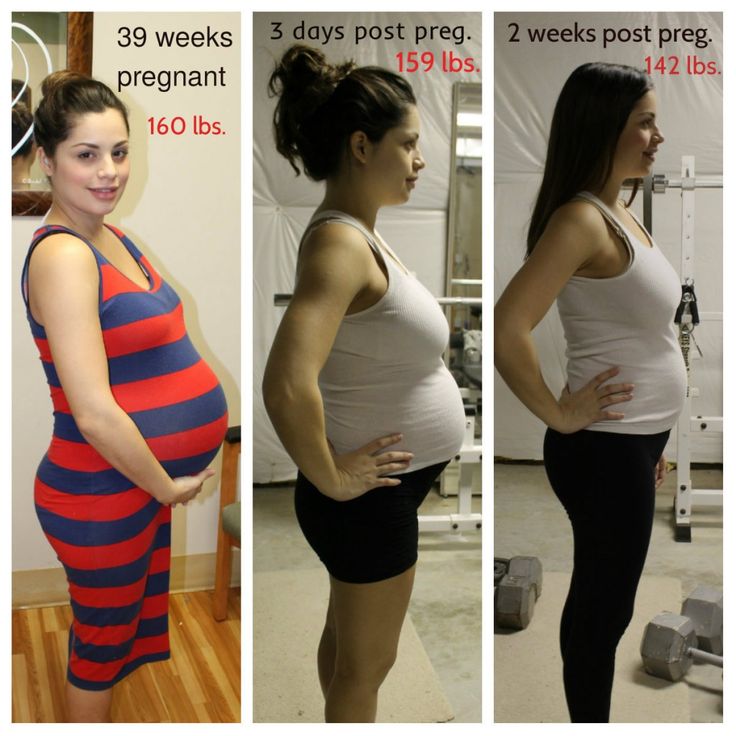 It’s also normal to go through some emotional ups and downs as you adjust to parenthood. The responsibilities that come with keeping a tiny person alive — frequent feedings, night wakings and dealing with poop-splosions — can be overwhelming. “It’s natural to feel tired, let down, frustrated or sad in the days following childbirth as your hormone levels fluctuate,” Lawson says. “Life after a new baby is not going to be the same. There is a steep learning curve in parenthood, but your new life will be filled with thrills and wonderful memories.”
It’s also normal to go through some emotional ups and downs as you adjust to parenthood. The responsibilities that come with keeping a tiny person alive — frequent feedings, night wakings and dealing with poop-splosions — can be overwhelming. “It’s natural to feel tired, let down, frustrated or sad in the days following childbirth as your hormone levels fluctuate,” Lawson says. “Life after a new baby is not going to be the same. There is a steep learning curve in parenthood, but your new life will be filled with thrills and wonderful memories.”
Sign Up for Our Free Newsletter
One of the best things you can do to protect and improve your health is to stay informed. Your Health is a FREE e-newsletter that serves as your smart, simple connection to the world-class expertise of Johns Hopkins.
Sign Up
Body modeling after childbirth | Moscow
Other articles on topics: hardware cosmetology
-
Futura PRO
-
Jet Peel
-
LumiCell Wave 6
-
Mediostar PRO
- nine0006 Oxy Megastation
-
Ultraformer
-
SOUP device
-
Hardware cosmetology
-
Hardware massage
-
Cosmetology in winter nine0007
-
Circles under the eyes
-
laser for hyperhidrosis
-
Laser cosmetology
-
laser resurfacing
-
figure modeling nine0007
-
Plastic cosmetology
-
Pressotherapy
-
Vessel removal
-
Tattoo removal
-
Elimination of vessels
nine0008 -
Photoepilation pros and cons
-
Elos rejuvenation
Recovery after childbirth is a complex process that consists of many different moments.
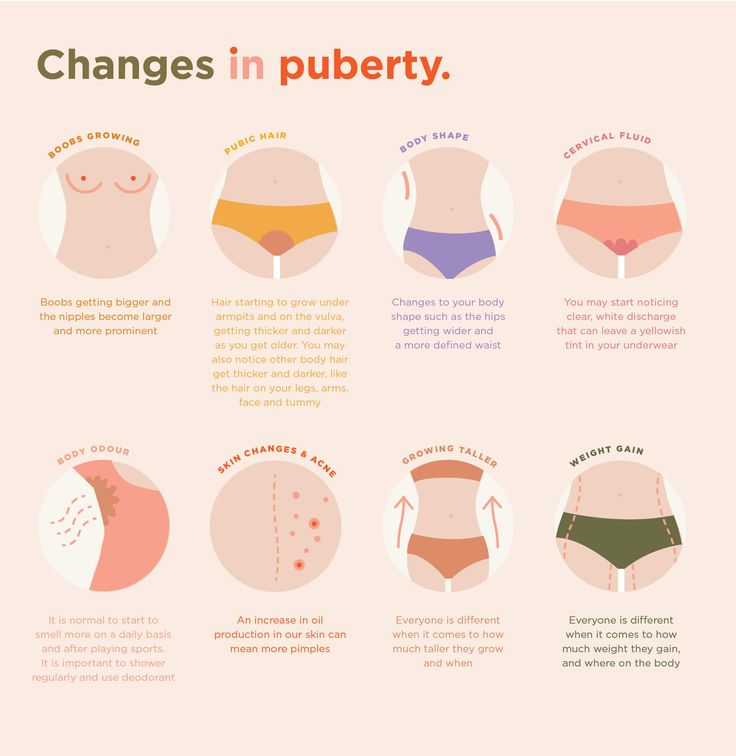
Motherhood has always been a great happiness for a woman. But pregnancy and childbirth change the figure of a woman. Hormonal changes in the body and a sedentary lifestyle contribute to the accumulation of extra pounds. The muscles and skin of the abdomen are stretched, cellulite and stretch marks appear. The skin loses its elasticity and firmness. All this, of course, upsets young mothers. And I want to return the former harmony and smartness. nine0095
Breastfeeding promotes weight loss, because it is for this purpose that the body accumulates fat during pregnancy.
And giving them away, he loses weight easily and naturally, provided that there are no hormonal disorders that may appear during pregnancy and in the postpartum period. In this case, consultations with an endocrinologist are necessary.
After childbirth, not only weight increases, but the figure also changes. A lot of trouble is delivered to young mothers by a sagging belly and lack of a waist. During pregnancy, the abdominal muscles stretched, the press weakened, besides, the fat layer from the abdomen does not want to get out by itself. The legs became flabby, the waist and chest were wider. All this is due to the accumulation of fat and its special distribution. The abdomen tends to accumulate more fat. In addition, after childbirth, cellulite appears and the skin on the buttocks and legs becomes flabby. Elevated levels of estrogen during pregnancy is the main cause of the formation of "orange peel" after childbirth. With the help of physical activity, you can cope with sagging muscles, but an experienced specialist is needed to eliminate cellulite and sagging skin. nine0095
During pregnancy, the abdominal muscles stretched, the press weakened, besides, the fat layer from the abdomen does not want to get out by itself. The legs became flabby, the waist and chest were wider. All this is due to the accumulation of fat and its special distribution. The abdomen tends to accumulate more fat. In addition, after childbirth, cellulite appears and the skin on the buttocks and legs becomes flabby. Elevated levels of estrogen during pregnancy is the main cause of the formation of "orange peel" after childbirth. With the help of physical activity, you can cope with sagging muscles, but an experienced specialist is needed to eliminate cellulite and sagging skin. nine0095
To eliminate these problems, the Semeynaya clinic uses hardware techniques
The SO UP device (Italy) is a multifunctional combine specially designed for body shaping, facial contouring and silhouette modeling. The device implements a combination of bipolar radio wave exposure (synonymous with thermolifting), ultrasonic liposuction, vacuum massage and photodynamic therapy.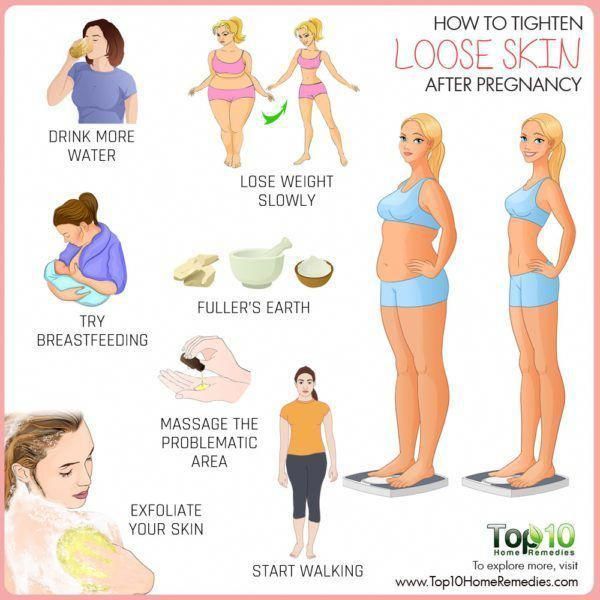 This combination allows you to achieve the maximum effect of the procedure. The So Up device effectively solves a whole range of aesthetic problems - it corrects body contours, eliminates fat deposits and flabbiness of the skin (abdomen, thighs, buttocks, arms, etc.), fights cellulite and stretch marks, which cause a lot of problems for a woman. Allows you to get rid of edema and significantly reduce body volume. In addition, the device helps to restore the oval of the face, tighten the sagging chin, improve complexion and get rid of age spots (whitening program) that appear during pregnancy. Bipolar radio wave exposure (thermolifting) promotes compaction of old collagen fibers (they shrink like springs), and photodynamic therapy stimulates fibroblasts to synthesize new collagen and elastin fibers, which allows you to tighten stretched skin, restore its elasticity and tone, and provide the effect of deep lifting. Ultrasound therapy enhances lipolysis (fat breakdown) - used in programs to eliminate aesthetic deficiencies associated with cellulite, reduces body fat.
This combination allows you to achieve the maximum effect of the procedure. The So Up device effectively solves a whole range of aesthetic problems - it corrects body contours, eliminates fat deposits and flabbiness of the skin (abdomen, thighs, buttocks, arms, etc.), fights cellulite and stretch marks, which cause a lot of problems for a woman. Allows you to get rid of edema and significantly reduce body volume. In addition, the device helps to restore the oval of the face, tighten the sagging chin, improve complexion and get rid of age spots (whitening program) that appear during pregnancy. Bipolar radio wave exposure (thermolifting) promotes compaction of old collagen fibers (they shrink like springs), and photodynamic therapy stimulates fibroblasts to synthesize new collagen and elastin fibers, which allows you to tighten stretched skin, restore its elasticity and tone, and provide the effect of deep lifting. Ultrasound therapy enhances lipolysis (fat breakdown) - used in programs to eliminate aesthetic deficiencies associated with cellulite, reduces body fat. Vacuum massage is used to eliminate edema and microcirculation disorders, which often occur with cellulite, and also removes decomposed fat with excess water. Good lymph circulation strengthens the immune system and promotes relaxation of the body. nine0095
Vacuum massage is used to eliminate edema and microcirculation disorders, which often occur with cellulite, and also removes decomposed fat with excess water. Good lymph circulation strengthens the immune system and promotes relaxation of the body. nine0095
The SO UP is also used for muscle relaxation during fatigue and conditions associated with muscle pain.
After a normal birth, SO UP procedures can be performed after 3 months, and after a caesarean section after 6 months.
This technique can be combined with mesotherapy and biorevitalization, which will enhance the effect. Experienced cosmetologists of our clinic will help you choose a program.
Make an appointment with a cosmetologist
Be sure to consult a qualified specialist in the field of cosmetology at the Semeynaya clinic.
To find out prices for an appointment with a cosmetologist or other questions, follow the link below
Tags Hardware cosmetology
Form after childbirth and quick recovery of the figure
Being a mother, looking great and developing professionally is a successful reality for a modern woman.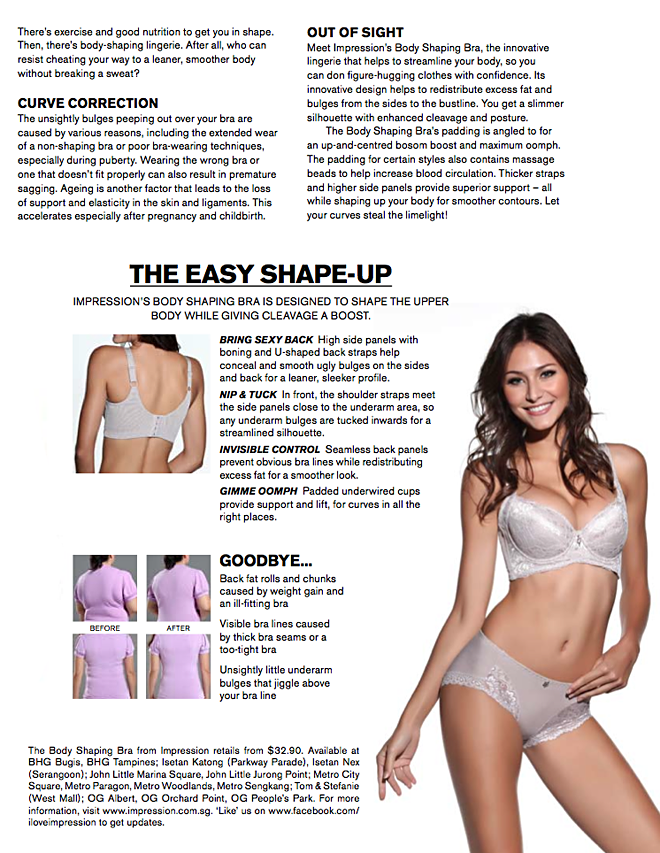 After childbirth, you can restore shape if you do it with a careful and respectful attitude towards your body. Hiitworks coach Marina Sinkevich helped me figure out how to properly return to training after the birth of a child. nine0095
After childbirth, you can restore shape if you do it with a careful and respectful attitude towards your body. Hiitworks coach Marina Sinkevich helped me figure out how to properly return to training after the birth of a child. nine0095
Recovery of the body after pregnancy and childbirth: where to start?
When and how to begin to restore the figure depends on how the pregnancy and childbirth proceeded. How was your health during pregnancy? Was the birth natural or caesarean? How do you feel after having a baby? Are you breastfeeding? These are just a few of the questions that are important to answer before developing a training program. The exact recommendation when to start physical activity can only be given by the attending physician. nine0095
You need to start restoring your figure not with training in the gym, but with breathing practices, joint gymnastics and the famous 10,000 steps on a walk, during which you follow an even posture. After the recommendation of the doctor, you can go to the gym and contact the coach.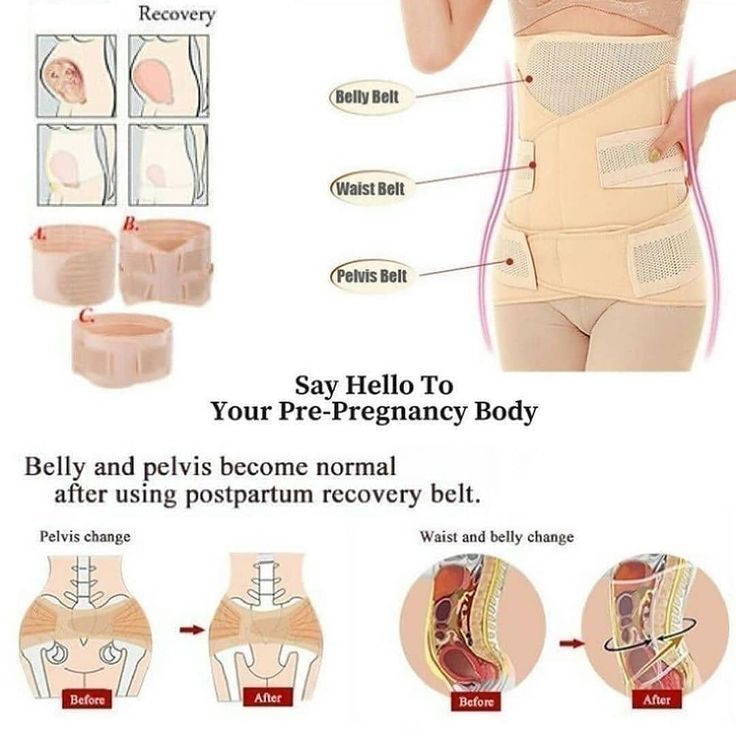
A competent coach will start the recovery process with a fitness test. This is a diagnostic, where he will measure your volume and body composition, ask questions about your health and lifestyle, and test how you move. A movement test will help you understand which muscles have weakened, what to focus on, and which exercises should be excluded so as not to harm. nine0095
How to get back in shape: general advice
- Time and patience to get back in shape after childbirth without harm. You can understand a woman who seeks to quickly remove her stomach and give a toned breast shape after pregnancy. But too intense records for the sake of a figure can harm your health. It is important to remember that the pregnancy lasted 9 months, and all this time the body changed. It also takes time to get back in shape.
- Strengthening the body from the inside to get in shape harmoniously. You need to start by strengthening the muscles of the pelvic floor and strengthening the muscles of the core.
 The core is not just the muscles of the press, but a group of muscles of the abdomen, back, buttocks and thighs. These are the muscles that form the inner corset and help keep your posture straight. Moreover, you can start strengthening the core after pregnancy even without active training - with the help of breathing practices, and then gradually add exercises. nine0008
The core is not just the muscles of the press, but a group of muscles of the abdomen, back, buttocks and thighs. These are the muscles that form the inner corset and help keep your posture straight. Moreover, you can start strengthening the core after pregnancy even without active training - with the help of breathing practices, and then gradually add exercises. nine0008 - Focus on recovery, not weight loss. After childbirth, there is a risk of getting carried away with working on the figure and forgetting about the main goal - recovery. If you get hung up on the scales, strive to lose weight as soon as possible, get carried away with diets and complex workouts, then the body will not be able to recover. It is important to act gradually and with pleasure. So that physical activity, nutrition and daily routine help not only restore the figure, but also improve the emotional state.
Physical activity after childbirth
Training helps to solve problems with figure, apathy, hormonal levels and many other difficulties that a woman may face after giving birth.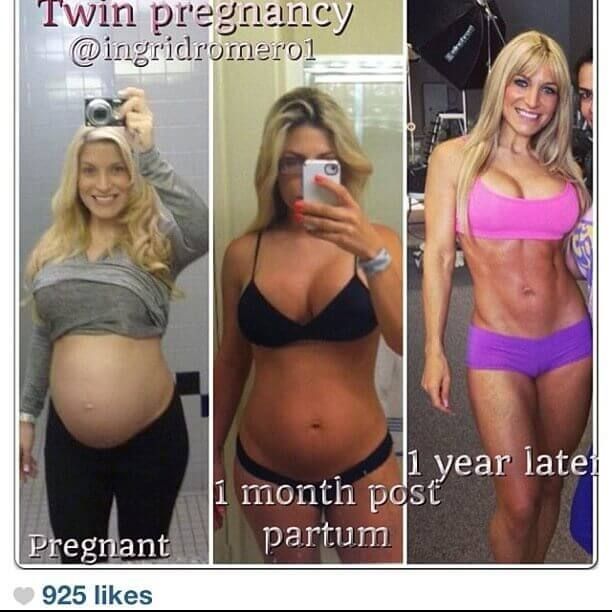 When you need to devote a lot of time to the child and everyday issues, it is worth carving out some time to play sports. Classes will help you escape from everyday life and feel like a healthy and beautiful mother.
When you need to devote a lot of time to the child and everyday issues, it is worth carving out some time to play sports. Classes will help you escape from everyday life and feel like a healthy and beautiful mother.
What physical activity is recommended for a good figure after pregnancy?
So, how to get in shape? It is best to start with recovery classes: yoga, stretching, myofascial release and breathing practices. Then you can gradually add strength exercises with your own weight and TRX loops, easy jogging, swimming. It is important to monitor the sensations in the body during training and how you feel after training. nine0095
Training should not exhaust, but help the body to restore the resource. Then the correction of the figure after childbirth will please. If the activities are exhausting, then this is a health risk, and long-term visual effects should not be expected either.
What physical activities should be avoided after childbirth?
There is a myth that breastfeeding and sports are incompatible.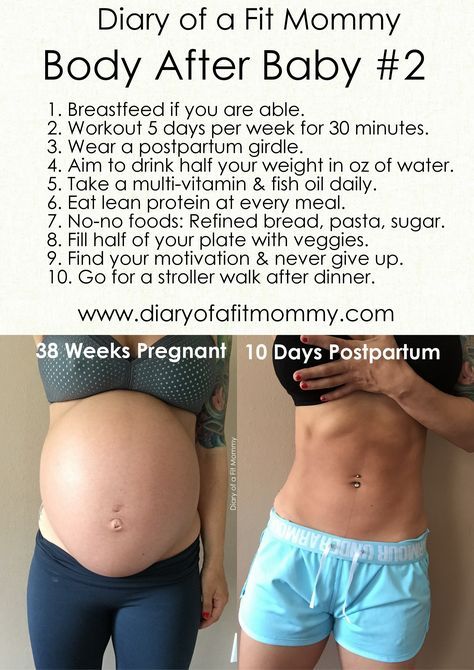 This is not true. You can run 7 kilometers, do weights, and lactation will not suffer in any way. Everything is individual. nine0095
This is not true. You can run 7 kilometers, do weights, and lactation will not suffer in any way. Everything is individual. nine0095
But there are exercises that are potentially dangerous for women who are starting to recover from childbirth. It is worth avoiding activities that can put excessive stress on the joints, spine and rectus abdominis muscles:
- Strength training with a barbell.
- Jumping exercises.
- Crunches, leg raises and crunches.
In case of exhausting fatigue, severe muscle tone, dizziness, nausea, any kind of exercise should be stopped. You can track whether the exercises give you the desired result at fitness testing, where the fitness club trainer will measure the volume and composition of the body. nine0095
Proper and balanced nutrition
- Your figure depends on nutrition. It is important to ensure a balanced diet with enough proteins, healthy fats and complex carbohydrates:
Protein is the building block for a beautiful figure.